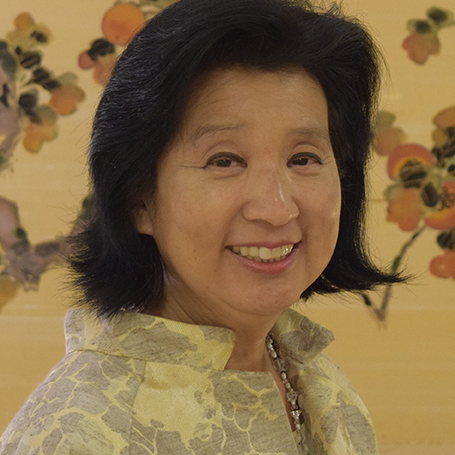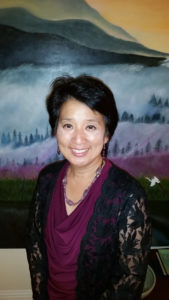Directors Report 2020 -2022
We’ve been under mandatory shelter-in-place for a month now. I hope you are well in these unfathomable times. As part of our NJAHS family, your well-being is important to us. I want to reach out to you to see how you are surviving. How are you holding up?
We’ve heard from many of you. You have had major life-changes -some for the worse, the loss of a loved one, the separation of family. And some for the better – enjoying beautiful weather, a slower pace of life, and the comforts of home. Despite this trauma, we now all share—contemplation of what’s important to us- the preciousness of life itself. This episodic event gives us pause to examine our own lives, the past lives of others, and to set a path for our future.
Here at the Historical Society, we come from a variety of backgrounds-legal, health, education, science & technology, yet we have a common interest and that is a strong sense of history… knowing how big events (like this one) help shape our lives. Thus, we feel that it is vital to you as our family member to continue to be engaged — to make sure that you are inter-connected to a community that shares your stories.
While we shelter in place, we will continue with our essential mission: to preserve, interpret and share historical information on the Japanese American experience to a broader national community. We are all in this together, so we hope to share stories, genealogical research, educational curriculum, and even the significance of our heirlooms to enrich our lives.
Take this survey so we can offer programs to fit your needs. In the coming weeks, we will be preparing programming that brings us together remotely. Until then, please take care, stay sheltered and safe.




